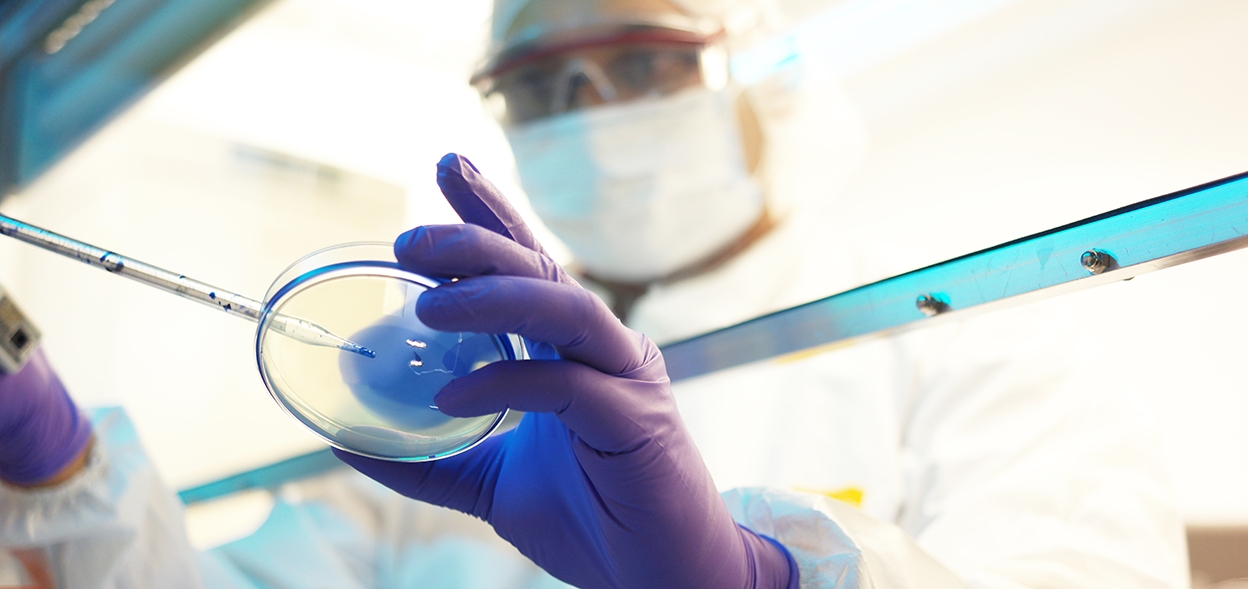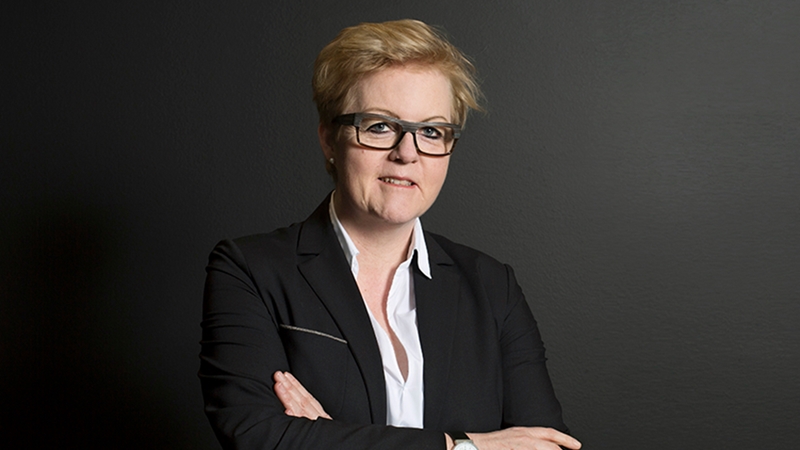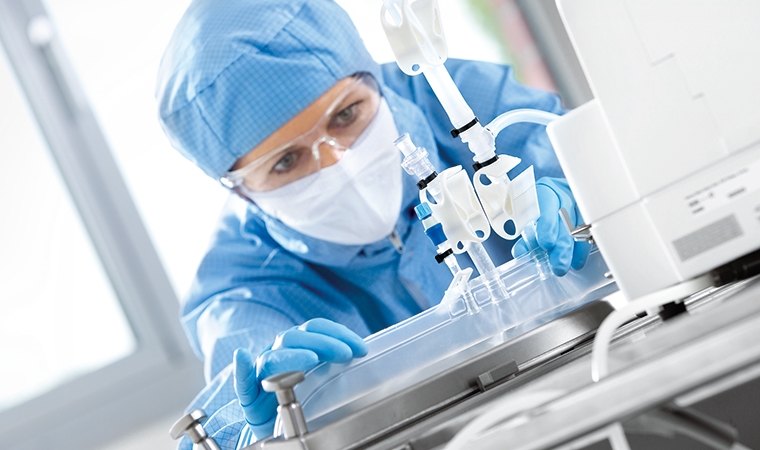More and more pharma manufacturers need cleanroom environments that are cGMP compliant and at the same time capable of handling biological organisms or genetically modified organisms (GMOs). Establishing a combined GMP and biocontainment environment is a complex task that relies on a fine balance between various sets of requirements.
With our long experience in GMP and biocontainment facility design, NNE can help you achieve the perfect balance, by combining these key competencies:
- In-depth knowledge of cGMP and biocontainment
- Deep understanding of cleanroom processes
- Relevant technology expertise, e.g. within closed processes, restricted access protective measures and isolator technologies
- Risk-based approach to pharmaceutical facility and laboratory design
Based on our experience from hundreds of pharmaceutical facility and biocontainment projects with many different applications, NNE can help you assess your existing installations and define an optimal strategy for new ones. And we'll help you achieve the solution that best balances process, quality, risk and regulatory requirements with efficient operations and investments.
Combining cGMP facility design with biocontainment
The GMP cleanroom philosophy aims to protect the product by manufacturing on a basis of a controlled and clean environment – keeping dirty effects outside. However, biocontainment has the opposite purpose: to protect operators and the surrounding environment from hazardous organisms and materials.
This contradiction affects the design process and risk assessments, and the facility design solution has to comply with both GMP and other requirements at the same time. With experience in both disciplines, NNE is a reliable partner to help you make the right choices when designing these dual-requirement facilities. And our risk-based approach and profound knowledge ensure the project runs smoothly and trouble-free, despite its complexity.
Achieving the optimal biocontainment solution
The optimal biocontainment and GMP environment presumes a deep understanding of the manufacturing process going on in the cleanrooms. For example, the use of closed processes, restricted access protective measures or isolator technologies might allow you to reduce reliance on highly classified cleanroom conditions and at the same time increase operator and environmental safety from biorisk. In this way, you can reduce your initial cleanroom investment costs, cut HVAC running costs and save space with fewer airlocks and procedures for gowning change.
Leveraging our broad experience in GMP, pharma facility design and specialized knowledge within biocontainment and facilities, we can help you:
- Find the right balance between GMP versus biocontainment
- Complete a biosafety risk assessment
- Reduce cleanroom cost through use of new production technologies
- Plan and design high containment animal facilities
- Achieve modular GMP and biocontainment facility solutions for pilot-scale production
- Design airlocks that support hygiene and biosafety procedures
- Upgrade your existing cleanroom environment
- Reduce energy costs in your controlled environments
- Ensure that your GMP and biocontainment facilities are operator-friendly that supports lean operations
Mitigating biorisk in high-complexity projects
High containment facilities are costly. Changes at a late point or technical errors can potentially cause your facility to exceed planned time or cost. This calls for a different planning and design approach.
At NNE, we start any biocontainment project by building a solid understanding of the facility processes and work procedures. Our approach to biocontainment projects and biocontainment facility design involves a high degree of frontloading. That means that we address biorisk issues already in the earliest project phases, and ensure that initial biorisk assessments are developed in close cooperation with your biosafety officers and user groups, along with project development. The initial project biorisk assessment will form a robust and holistic basis for addressing regulatory compliance issues as well as biocontainment design solutions.
NNE has developed a work methodology called Biocontainment typologies©, which has proven valuable when more than one biological organism or biosafety level is involved. In general, Biocontainment typologies© ensures interdisciplinary biocontainment overview and integration of overall facility procedure requirements.
Through our unique biocontainment project approach, we can reduce the risk of complex biocontainment projects significantly.



